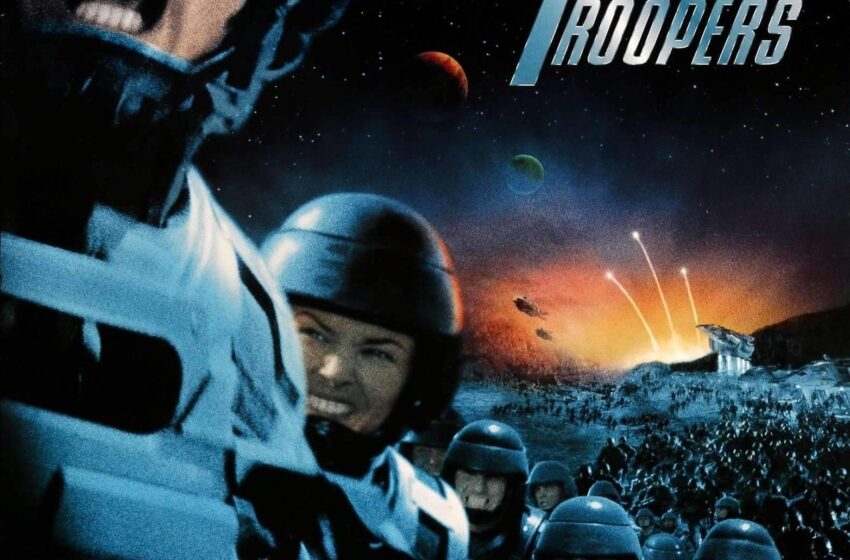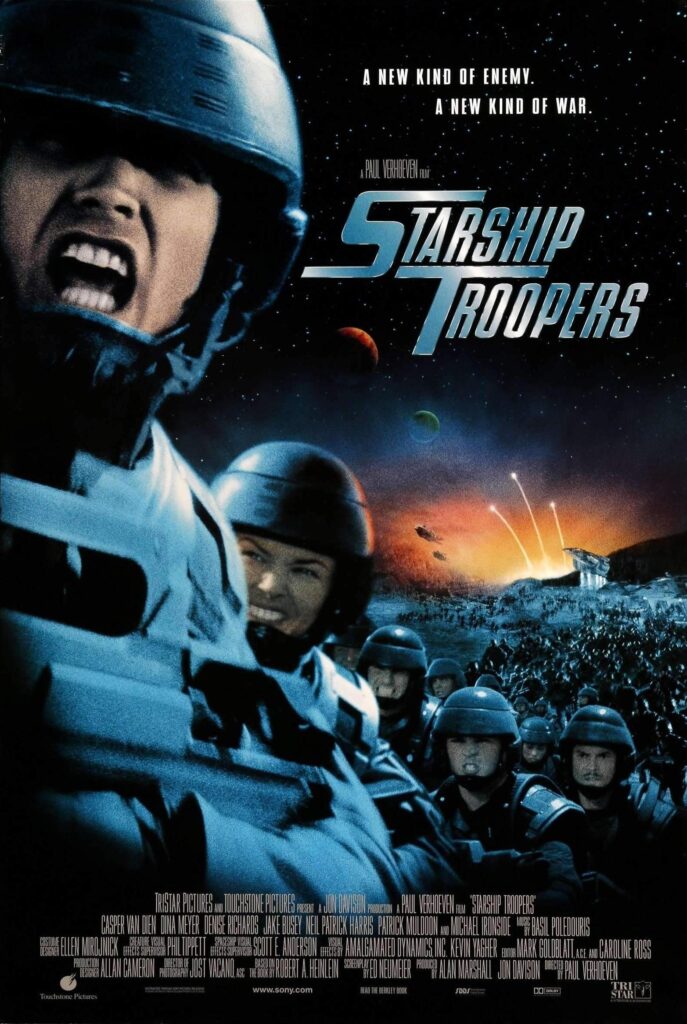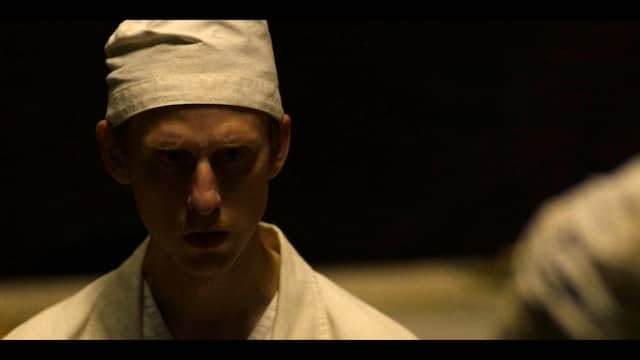
“Starship Troopers” (1997) – A Satirical Odyssey into War and Propaganda

In 1997, Paul Verhoeven unveiled “Starship Troopers,” a cinematic adaptation of Robert A. Heinlein’s novel. While on its surface, the film operates as a high-octane, special effects-laden space adventure, beneath its slick exterior lies a scathing and insightful satire on militarism, propaganda, and society’s disturbing penchant for jingoism.
From the opening sequence, where the film immerses viewers in an overtly propagandistic recruitment video beckoning young citizens to “do their part,” Verhoeven sets the tone for his satirical narrative. By choosing to place these propagandistic interludes intermittently throughout, the director plays with the fine line between state-driven propaganda and the actual, brutal realities of war.
One of the film’s key strengths is its commitment to this satirical lens, even while presenting sequences filled with impressive and, at times, visceral action. The Arachnid creatures – the monstrous insectoid enemies – are in one sense a CGI marvel, but they also serve as a mirror to humanity’s own monstrous nature. The Federation’s relentless pursuit to obliterate the Arachnid home planet under the guise of “exterminating a bug menace” alludes to historical instances where nations have dehumanized their adversaries to justify aggressive military campaigns.
The characters, particularly Johnny Rico (Casper Van Dien) and his cohorts Dizzy (Dina Meyer), Carmen (Denise Richards), and Ace (Jake Busey), begin the story as naive high school graduates, tantalized by the allure of military life. Their progression from innocent teenagers to battle-hardened soldiers is as much about their personal growth as it is a reflection on how society grooms its young to fit into militaristic molds. The training sequences, especially, demonstrate how dehumanization starts not with the enemy but within one’s own ranks. One memorable scene involves recruits being flogged in front of their peers as punishment, underlining the film’s assertion that discipline, even if cruel, is paramount to the cause.
Verhoeven also cleverly satirizes the conventions of romantic subplots. Johnny’s relationships, particularly with Carmen, play out like soap operas against the backdrop of interstellar warfare. Their high-school-like dramas seem comically out of place, highlighting the absurdity of juxtaposing personal, trivial matters against the vastness of space and the horrors of war.
The director’s decision to inject humor and irony into the film can be divisive. Some scenes are intentionally over-the-top, like the now-iconic moment where soldiers jovially play a game of “jump ball” amidst the raging chaos of an alien onslaught. Such moments can seem disjointed or even trivializing, but they form a key component of Verhoeven’s critique: that there’s an inherent absurdity in glamorizing warfare.
One cannot discuss “Starship Troopers” without noting its visual style. The futuristic aesthetics, the design of spaceships, the rough terrains of the alien planet, and the grotesquely detailed Arachnids all contribute to a visually captivating experience. The battle scenes, while intense, are interspersed with moments of dark humor, especially when characters spout platitudes about honor and duty even as they’re engaged in grim, life-threatening combat.
In conclusion, “Starship Troopers” is a film that demands an engaged and discerning viewer. It challenges its audience to look beyond the surface-level spectacle, to probe deeper and question the narratives presented. Verhoeven doesn’t just create a futuristic world filled with aliens and advanced weaponry; he crafts a mirror reflecting our own society’s flaws, from our susceptibility to propaganda to our often blinding nationalistic fervor. Two decades later, the film’s themes remain eerily relevant, a testament to its enduring, provocative power.




